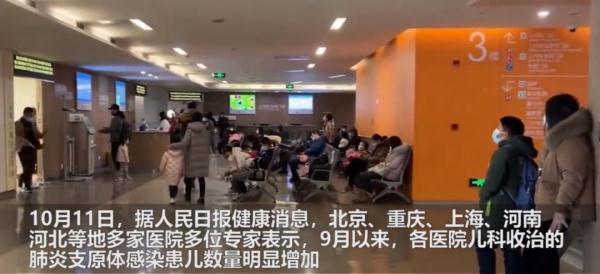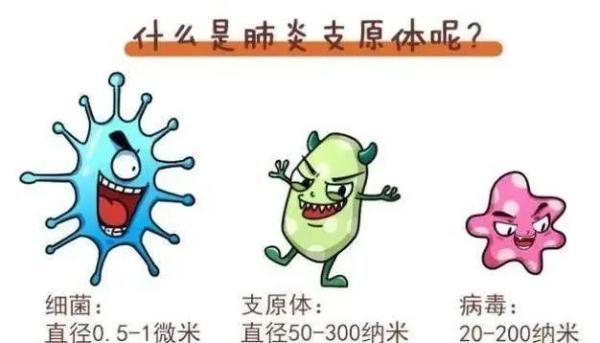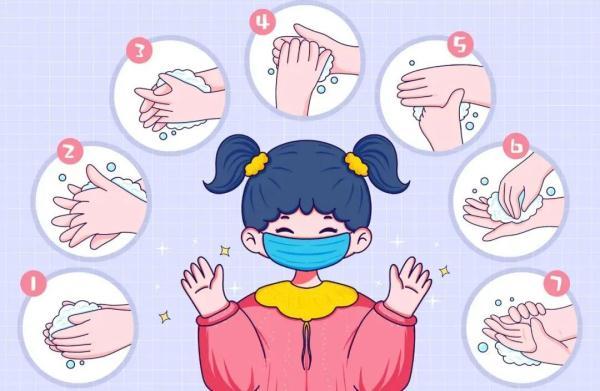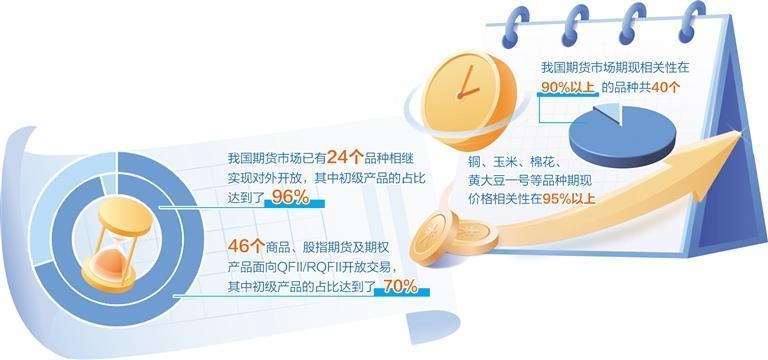What is the "mycoplasma pneumonia" on the hot search?



You may also be interested in:
-
What is the "mycoplasma pneumonia" on the hot search? -
The relevant person in charge of the Ministry of Justice of the Supreme People's Court made a report on the "Customs..." -
The State Administration of Taxation has created a service brand of "Tax Access" .. -
Zhongning Mansion Site Appraisal Day was successfully held and the system was standardized .. -
Nengjian Chengfa · Zhongning Mansion Site Appraisal Day was successfully held .. -
1402 kilometers of new railway lines were put into production in the first three quarters -
Can banks exchange "π coins"? false -
Environmental infrastructure construction on the fast lane
Today's Hot Spots
Recommended for you
Do you feel these changes in auto insurance
Futures market helps to build a new development pattern
more
-
Central Bank: RMB loans increased by 19.75 trillion yuan in the first three quarters -
The hospital with an investment of 2.8 billion yuan in Xi'an has become "yellow", and another hospital with an investment of 7 billion yuan has not yet started construction -
Married three A-share listed companies in half a month, and Middle East Capital started a new round of goods sweeping in the Chinese market -
Luzhou, Sichuan: It is proposed to implement the same maximum loan amount for the first and second housing provident fund loans -
Qianxinan Prefecture, Guizhou Province: It is planned to tap the housing purchasing potential of migrant workers and guide migrant workers to return home to buy houses -
Bank of Communications solidly launched the "Financial Consumer Rights Protection Education and Publicity Month" activity -
State Administration of Market Supervision: Strictly investigate and deal with violations of laws and regulations in the food safety field and effectively prevent them .. -
Floor washer becomes a new favorite of household appliances consumption Industry: industry concentration will increase
more
-
Beijing Yingfu Ruitai Real Estate Development Co., Ltd. was fined -
IMF Chief Representative in China: China remains the largest engine of global economic growth -
Senior executives, brilliant technology, focusing on the elderly - everyone insurance group actively opened .. -
Zunyi, Guizhou: We will encourage stronger central enterprises .. -
Financial knowledge is delivered to Xiamen International Bank. Bank, government and enterprises work together to carry out finance .. -
Yanzhiwu · National Women's Golf Tour, full of firepower, "bowl" and beautiful finish -
The average income of 86 10 billion private equity firms in the first three quarters was 1.44%, and the quantitative performance was eye-catching -
Qianxinan Prefecture, Guizhou Province: It is planned to tap the housing purchasing potential of migrant workers and guide migrant workers to return home to buy houses
Ranking
-
Environmental infrastructure construction on the fast lane -
How does Tmall Genie connect to the Internet? How does Tmall Genie exit the child mode? -
The General Administration of Market Supervision: strengthen the supervision of Internet advertising, and organize the fight against "miracle doctors" -
French national flower picture (French national flower) focus news -
Outlook for methanol in the second half of 2023 -
Renrui talent will appear at the 7th World Intelligence Conference with digital talent integration solutions .. -
Love drama "The Abusive Love of the Powerful Family" - Today's World Hotspot -
Hanye will hold the shareholders' meeting on July 3 -
2023 Shanghai World Mobile Communication Conference Opens | Observation -
Global real-time: The legal action of serving migrant workers was handled when China issued the law ..
Recent updates
-
Environmental infrastructure construction on the fast lane -
How does Tmall Genie connect to the Internet? How does Tmall Genie exit the child mode? -
The General Administration of Market Supervision: strengthen the supervision of Internet advertising, and organize the fight against "miracle doctors" -
French national flower picture (French national flower) focus news -
Outlook for methanol in the second half of 2023 -
Renrui talent will appear at the 7th World Intelligence Conference with digital talent integration solutions .. -
Love drama "The Abusive Love of the Powerful Family" - Today's World Hotspot -
Hanye will hold the shareholders' meeting on July 3 -
2023 Shanghai World Mobile Communication Conference Opens | Observation -
Global real-time: The legal action of serving migrant workers was handled when China issued the law ..
this Daily news
-
Opinions on Giving Full Play to the Basic Role of People's Mediation to Promote the Governance of Complaint Sources -
International perspective: strengthen innovative cooperation and promote the transformation and upgrading of the global automobile industry -
Do you feel these changes in auto insurance -
Futures market helps to build a new development pattern -
CCB Suzhou builds a "warm harbor" around the people with practical actions -
Bank of Communications and iFLYTEK Artificial Intelligence Joint Innovation Laboratory officially unveiled! -
The innovation of digital economy drives the creation of new growth points for urban economic development -
The Enterprise Standardization Promotion Measures will be officially implemented in 2024 -
2023 National Cyber Security Publicity Week Opens in Fuzhou -
Follow up to "Group Sailing": Close "Chain" in Win win Cooperation



